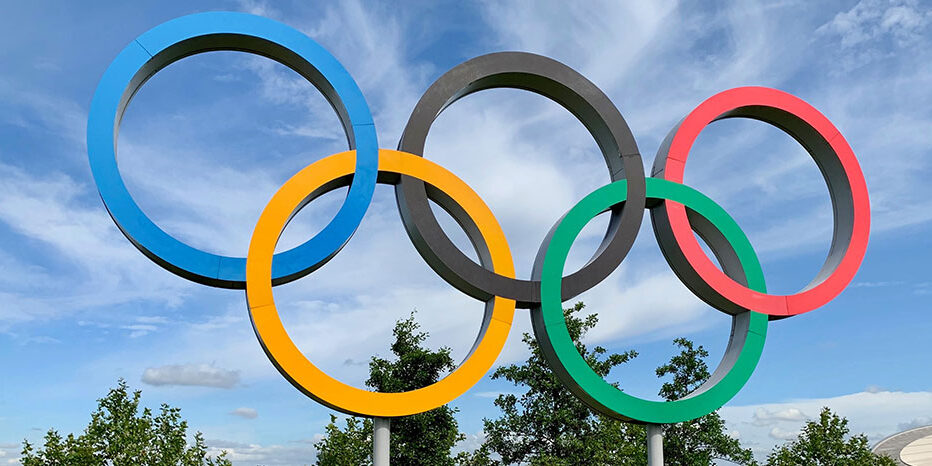No-one can fail to have been inspired by the 2012 Olympics we have just witnessed. Sports men and women competing at the top of their game to win the highest prize possible in sport.
They invest years preparing for the moment they go for gold. It is humbling and also motivating to witness that determination to be the best.
While reflecting on the efforts of the Olympic athletes, I believe there are some parallels with brands and lessons that brand managers can learn. Here are three of them…
1. Consistency
Everyone on the coaching team of an Olympian knows exactly what the end goal is, what is required of them and how they fit into the process of creating a winner.
The cycling teams are a great example. Sir Chris Hoy has achieved an extraordinary six gold medals across four Games with the help of a team of coaches planning and executing consistent training programmes to improve his performance.
Winning brands are managed by companies where everyone in the business knows how they fit into the process, how their role contributes to success and what their brand stands for.
Successful brands tend to be the most consistent. That’s usually because every employee in the business, even those beyond Marketing and Brand Management has access to the brand assets, guidelines, logos, images and communication materials at the touch of a button; empowering them to make strategic business decisions or produce communications materials that are on-brand and consistent.
Projecting a consistent brand image and identity is crucial. An athlete must train consistently and their coaching team work consistently to deliver the very best competitor. A brand needs to be communicated in a way that is recognisable to its customers every time in order to beat its competition.
For example, a new manager can make decisions quicker if she can access and experience the brand values and what they strive to achieve.
Externally, a marketing agency is empowered to produce better campaigns which truly further the product and company in the right way when it’s crystal clear what the main differentiators are and the agency has easy access to all the right visual assets such as strategic guidelines, logos, images and artworks.
2. Investment
An Olympian invests in their training, their coach, their sports psychologist, their team. These people are effectively the tools an athlete uses to become the best of the best.
Brands must invest in tools to enable success. According to Gartner, companies spending less than 5% of their marketing budget on branding are on average growing by 19% per year. Companies with a brand spend of more than 5% are on average growing by 27% per year.
So the message is that this investment needs to be careful and wisely managed. Management of brand resources is imperative in order to enjoy the market benefits of a differentiated, relevant and strong brand.
A key tool in a brand management system, in my view, is having the means to make your brand guidelines and brand positioning documents available online. Ask yourself whether everyone inside your organisation understands your brand positioning and what makes you different. And if they don’t, ask how they’d find this information.
If the answer is in a printed brand guidelines document, most often ‘lost’ in a bottom drawer, and at best, out of date as soon as it is printed, you are not using the best brand management tools available to you.
With the right brand asset management tools, the people internally in your business can’ access these key brand documents and therefore understand and communicate what your brand stands for consistently, engaging customers and increasing sales.
3. Competition
The psychology of a world-class competitor is all about being better than your opponents. And they are prepared to maintain the focus, discipline and sense of competition over many years. Brand Managers must think the same way.
Jessica Ennis, winner of the women’s Heptathlon, was aiming for the Beijing Olympics when she found herself injured and was forced to wait until London 2012 to compete for the gold.
As brand managers, we face constant and long term competition. Whether it is in managing our brands more efficiently, improving brand consistency or achieving higher sales, we are constantly evaluating ourselves against our competitors.
Indeed, we often look at what our competitors are doing to inspire us to do things better of smarter in order to gain the edge. We are all aiming to maximise impact in the marketplace, like and Olympic competitor is looking to create impact on the running track or games pitch. We too need to maintain that sense of rivalry over many years and through ups and downs.
Work out how to measure your brand against its adversaries in the marketplace, give yourself goals based on those measurements and evaluate everything you do against them.
Although London 2012 is over, we can keep its spirit alive and allow it to continue to inspire us in our brand management endeavours. Invest in the right brand tools, keep your brand consistent, maintain your competitive drive and you too could be going for gold!
Originally published on Econsultancy






